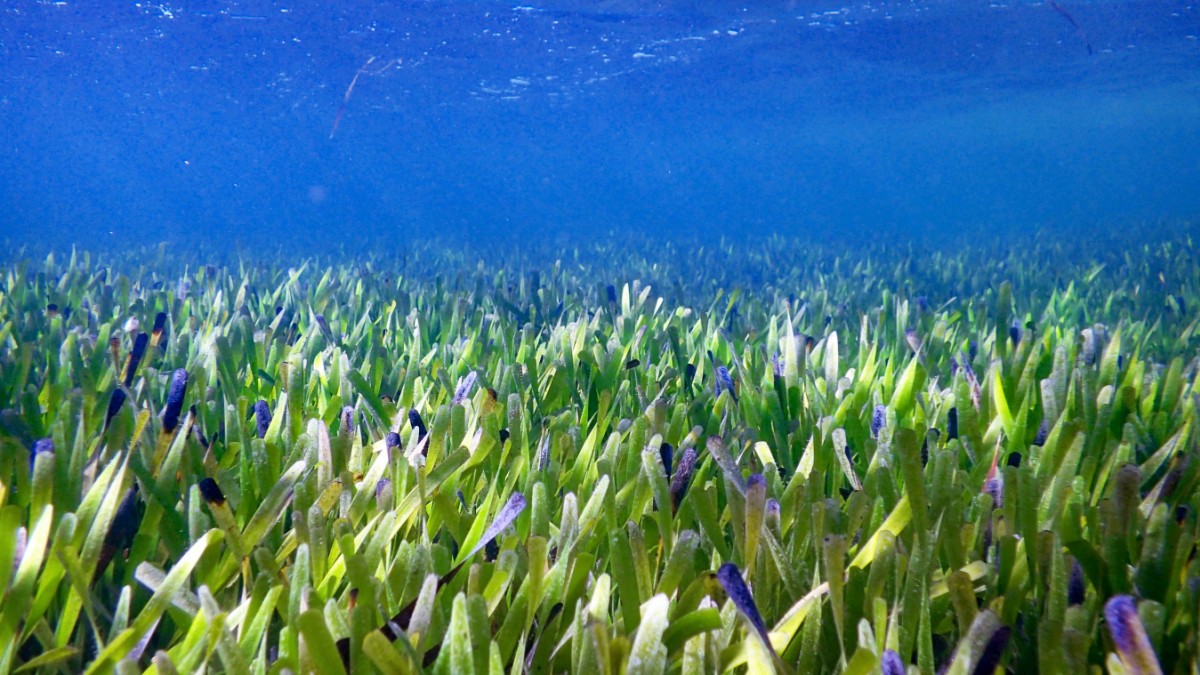Researchers at the University of Western Australia really wanted to find out how genetically diverse the seaweed meadow in Shark Bay, Western Australia was. The result surprised the team, however, as during their investigation, they found the largest plant in the world.
A giant seagrass carpet of Posidonia australis stretches for 180 kilometers in Shark Bay, protected as a UNESCO World Heritage Site. In total, this “grassland” covers an area of 200 square kilometers. Elizabeth A., an evolutionary biologist at the University of Western Australia, said the carpet should be considered a plant. A team headed by Sinclair writes. In the magazine Proceedings of the Royal Society b.
The study was originally planned to identify plants that could be used to restore sea urchins. “We’re often asked how many different plants grow in seagrass beds, and this time we used genetic tools to answer that,” says Sinclair. Jane Edgelow, who was involved in the study, said the researchers were “blown away” by the results. Because all the samples were genetically identical, the large carpet of sea grass was one plant. The large seagrass field is said to have originated from a “colony seedling” and spread further and further over the years.
Not only does the plant set a size record, but it is also unusual in other respects
Due to its large size, researchers estimate that the plant must be around 4,500 years old. Apart from the size record, this plant is special because it is polyploid. This means that sponge cells have more than two chromosomes. This phenomenon occurs when two diploid parent plants—plants with two pairs of chromosomes in the cell nucleus—cross each other. A newly formed seedling takes the entire genetic material of both parents.
“Polyploid plants tend to live in places with extreme environmental conditions and are often sterile, but can continue to grow if left undisturbed,” says Sinclair. So far, the plant has proven to be very resilient to the extreme environmental conditions in Shark Bay. “Despite the lack of successful flowering and seed production, the plant appears to be very resilient as it tolerates a wide range of temperature, salinity and extreme light conditions. It would be a great strain for most plants,” says Sinclair. Further studies should show how the seaweed copes with the existing environmental conditions.
Along with its size, the largest seagrass is behind the world’s largest plant ever recorded. This is a clone colony of 47,000 aspens called “Pando” in Utah, USA. It was discovered in 2018. The network of aspens is connected to the roots in the ground. In total, the “panto” is 43 hectares in size, so fits over 465 times the area of the Australian seagrass.

“Friend of animals everywhere. Web guru. Organizer. Food geek. Amateur tv fanatic. Coffee trailblazer. Alcohol junkie.”






More Stories
Weekend ticker: middle distances in the Philippines and Peru, sprints in Australia and Germany
Treason: Two Britons charged with spying for China
Opinion on American unions: VW in America: Persistence pays off